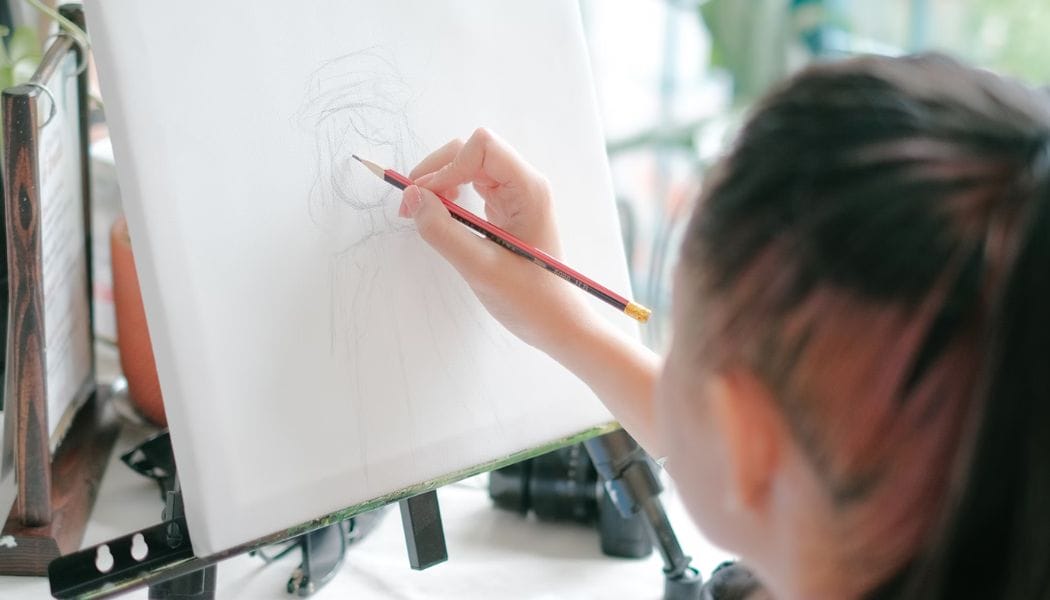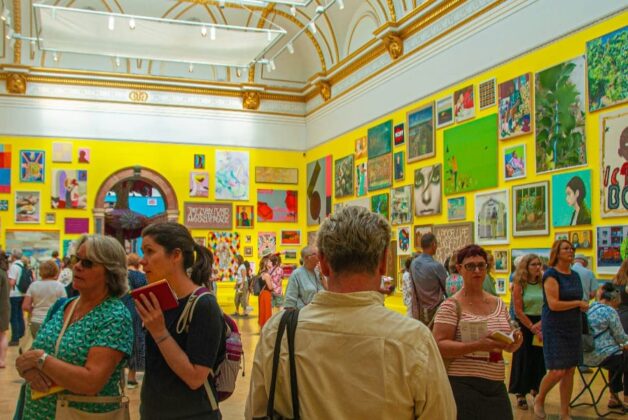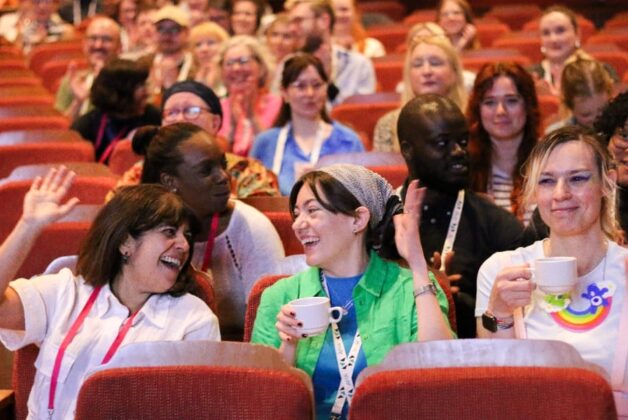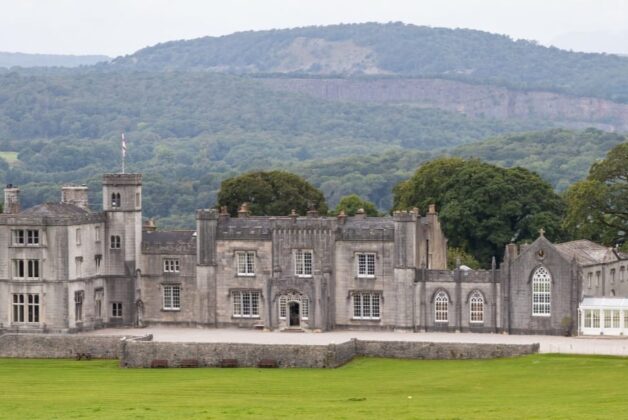Children in deprived areas study fewer arts subjects at GCSE and A Level, with the gap signalling concern for future museum talent as poverty limits access to creative education.
New research into the ‘arts entitlement gap’ has been labelled an ‘alarm bell’ for the future diversity of the museums and heritage sector talent pool.
The Cultural Learning Alliance (CLA) says it has found evidence of a “clear relationship” between child poverty and not studying Expressive Arts subjects.
Its ‘2025 Report Card’ found arts subjects account for only 6.6% of all GCSE entries and 4.2% of A Levels in the most deprived fifth of local authorities.
By contrast, these subjects represent 8.3% of all GCSE entries and 5.4% of all A Levels in the least deprived fifth of local authorities.
Sally Bacon OBE, Co-Chair of the Cultural Learning Alliance, said the ‘Arts entitlement gap’ revealed in its report “makes clear that poverty limits access to Expressive Arts education – that should signal alarm bells for the creative industries and for the museums and heritage sector.”
“We need a vibrant arts, cultural and heritage sector that can employ young people who are excellent communicators and who are creative, collaborative and empathetic. If young people are missing out on Expressive Arts subjects they are missing out on developing important capabilities and skills for life and for work.”
The organisation said the new findings demonstrate the impact of the “systemic de-prioritisation of the Expressive Arts in secondary education since 2010”.
It suggests that the trend persists outside the classroom, with 11–19-year-olds in the two most deprived fifths of the country less likely (56%) to experience creative and cultural extra-curricular opportunities, compared to peers in the most affluent fifth (76%). This continues the prevalence of the ‘Arts enrichment gap’, which was revealed in last year’s Report Card.
Its research reports that GCSE entries in Expressive Arts subjects are lowest in Yorkshire and the Humber (6.8%); the West Midlands (6.9%); and the North East (7.1%) – with the latter two regions having the highest percentage of pupils eligible for free school meals in the country.
It also reports that the percentage of A Level entries in Expressive Arts subjects is lowest in the North East (4.4%) and the West Midlands (4.1%).
The surveys undertaken as part of its research suggest that children who attend music and art clubs are 56% more likely to be admitted to university than those who don’t, and that young adults from working class backgrounds are four times less likely to work in the creative industries compared to middle-class peers.
The CLA said it is now calling for “systemic change” to make the Expressive Arts a core and equal curriculum area.
Addressing these findings, CLA is now calling for Expressive Arts to becoe a core and equal curriculum area; a minimum four-hour Expressive Arts entitlement within the school week; ‘complete reform of the school accountability system and changes to student assessment’; and an entitlement to teacher training and teacher development opportunities for Expressive Arts subjects.
Sally Bacon OBE continued: “The ongoing Curriculum and Assessment Review means that this is critical moment to ensure that arts subjects are recognised – not as optional extras, but as essential to a broad, balanced and future-facing education.
“Our 2025 Report Card findings make clear that children growing up in poverty are the least likely to access arts education and are missing out on the important personal and social benefits they provide.”





